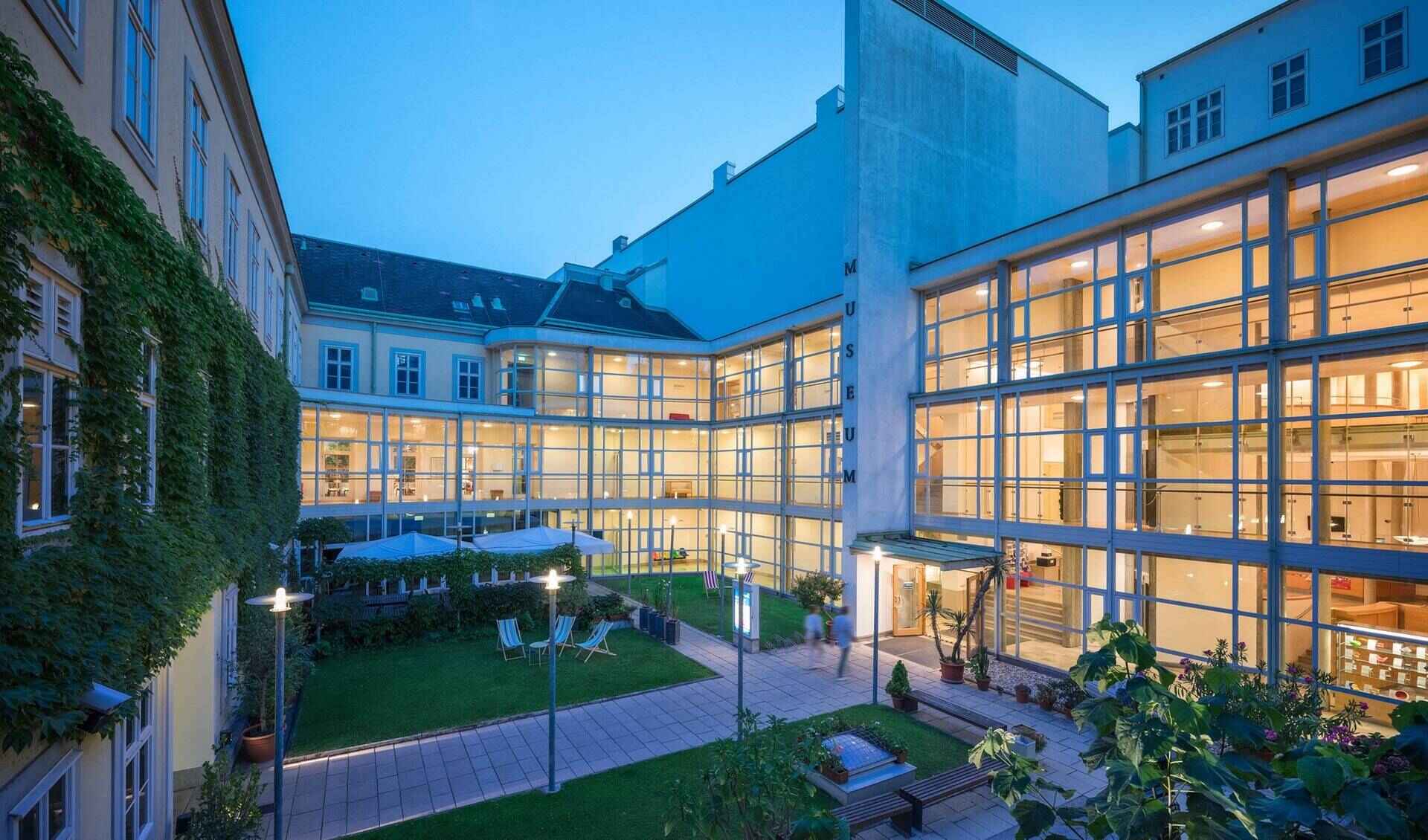Objects and furniture are more than just furnishings; they are silent witnesses to history and hold many secrets and mysteries of the past. Antique furniture is also a perfect reflection of the culture and traditions of a particular historical period. It was with this in mind that the Vienna Furniture Museum was created.
The museum's halls house one of the world's largest collections of furniture and offer a wonderful opportunity to discover a unique furniture culture spanning three centuries. Visitors are greeted by a unique collection of furniture ranging from Baroque to Biedermeier, from Historicism to Viennese Modernism and modern Austrian furniture design.
The fact that the Habsburgs themselves ate at this monumental table, that little Crown Prince Rudolf had a fantastic cradle and that Empress Sisi rested on an antique daybed (which visitors can see in the 21st century) is breathtaking.
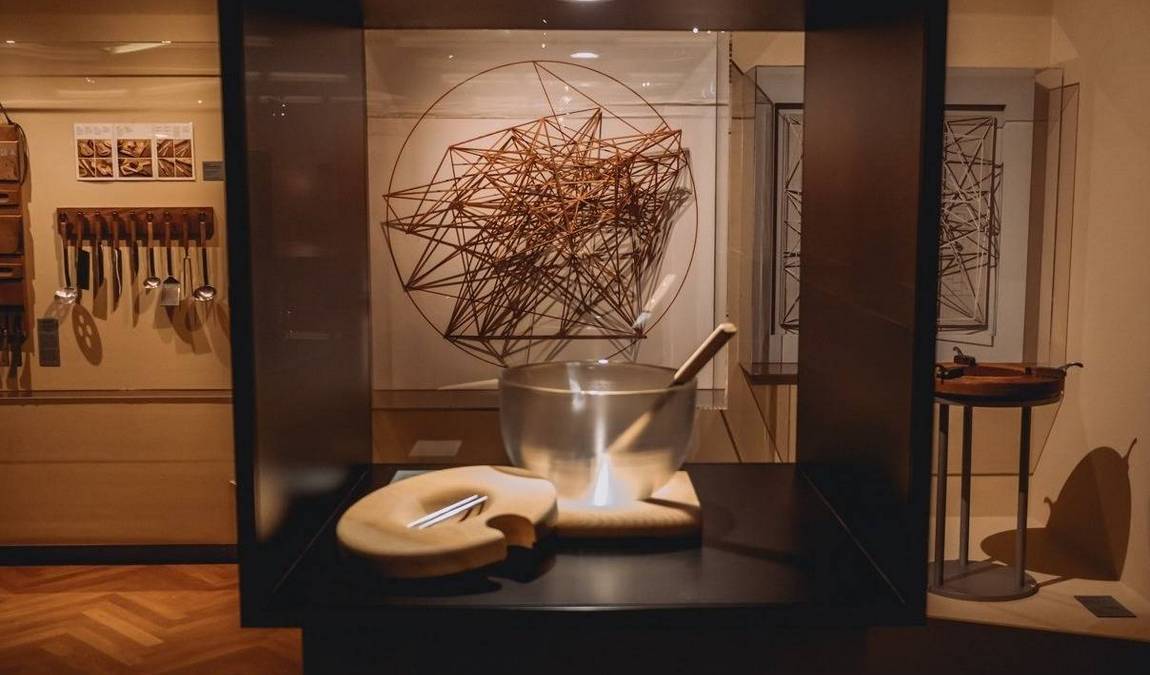
The museum covers an area of 4,000 m2 and there are around 6,000 pieces of antiques in this vast space. The entire collection consists of around 165,000 pieces of furniture, but the exhibits can be found in various museums around the city, not just in this one.
The Vienna Furniture Museum is full of interesting artefacts that provide a deeper insight into the lives of Austrian monarchs. The collection of sanitary porcelain and antique bidets teaches visitors to appreciate the benefits of civilisation (especially modern plumbing). A wheelchair will show the inconveniences that even people of great wealth had to endure when faced with a serious illness. Sisi's scales will show the extent to which the empress was subject to the cult of beauty.
Visitors to the Viennese Furniture Museum are transported back in time to the era of the monarchs. Visitors can see with their own eyes how the people who made history lived.
And because the museum is financed by private donations, every visitor who buys a ticket contributes to the preservation of Austria's imperial cultural and historical heritage.
History of the Museum
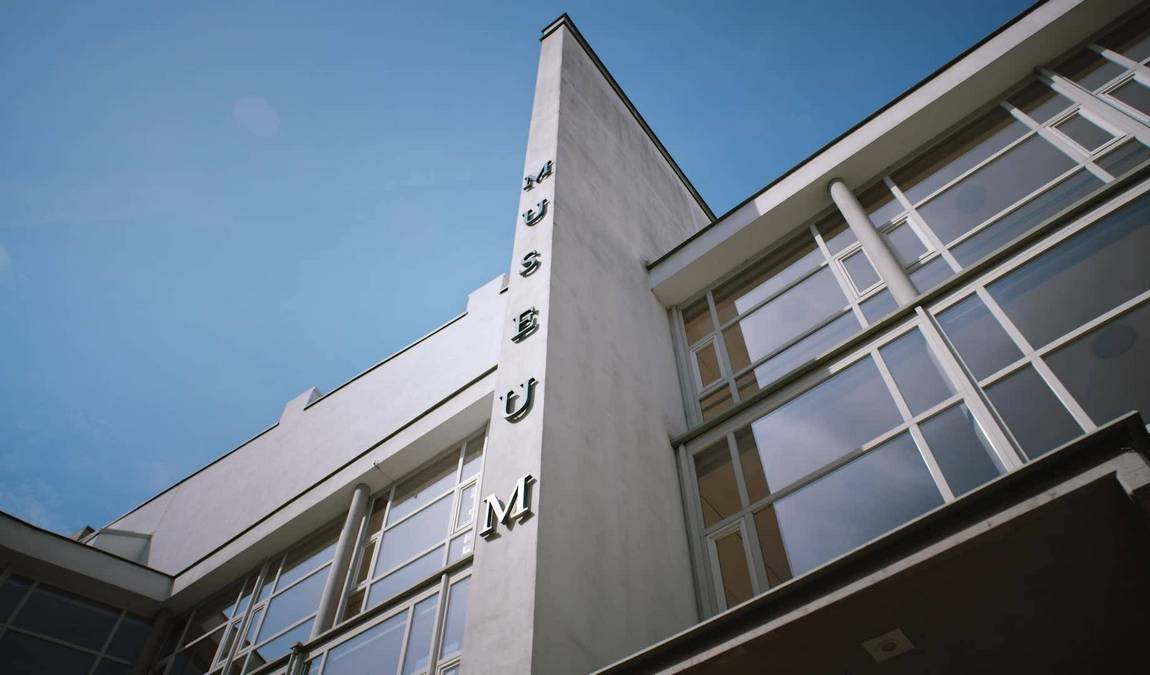
The history of the Vienna Furniture Museum dates back to the 18th century. In 1747, Archduchess Maria Theresa of Austria appointed the first Court Furniture Inspector, who was responsible for the care, inventory and transport of the imperial furniture.
For a time the Viennese Court lived in more than one residence — the Hofburg was intended as a winter residence, the monarchs spent their summer holidays at Schönbrunn, and during the year they were occasionally based at Laxenburg or Hof Palace. Whenever the monarchs moved, their servants carried their luxurious furniture with them. In addition to the usual mirrors, dressers and poufs, the dukes even had special folding walking thrones decorated with expensive upholstery.
In 1901, on the orders of Emperor Franz Joseph, a warehouse for palace furniture was built in Vienna, and in 1924, after the property of the Monarchy had been transferred to the Republic of Austria, the warehouse was converted into an exhibition hall. Two halls with Baroque and Empire furniture and 15 Biedermeier cabins (mini-rooms) illustrated the living environment of "old Vienna".
In 1998, the Imperial Furniture Warehouse was reopened as a modern museum following a complete renovation and extensive expansion of the exhibition.
Exhibitions
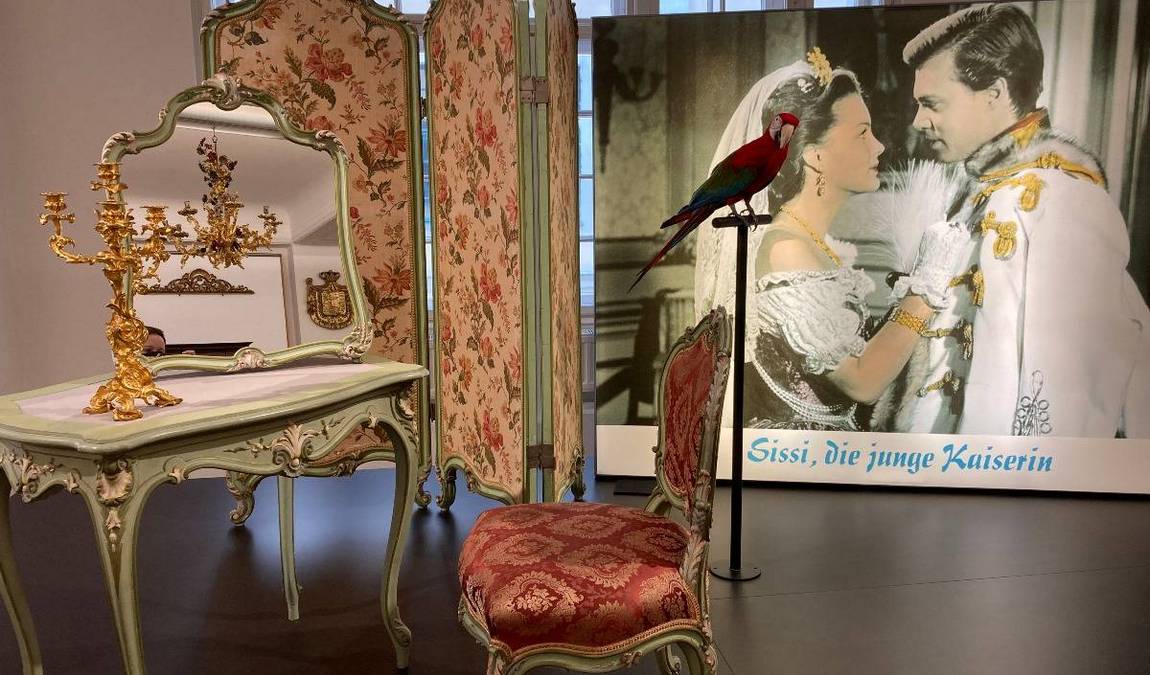
Today, visitors can see the following collections here:
- Baroque, Rococo and Classicism. Exhibits include Marie Antoinette's secretary, Marie Therese's desk, Emperor Charles VI's gaming table, etc. This period was characterised by a high appreciation of art and a highly aesthetic lifestyle, which was also reflected in furniture design.
- Biedermeier and Empire. The luxury and ostentation of the Baroque was replaced by the simpler, more modest Biedermeier. Striped upholstery or 'little flowers' are the most recognisable features of this style.
- Historicism. There is bulky, heavy furniture, often decorated with columns, jellyfish heads and acanthus leaves. The interior is dominated by dark colours, especially burgundy and emerald. The walls of the living rooms were also upholstered in these colours, not just the furniture.
- Viennese modernism. Simplicity and elegance, slender curved legs on chairs and tables and fine details were the main features of Viennese Modernism.
- The twentieth and twenty-first century. If luxury was the order of the day during the Monarchy, individuality, comfort and fine design are the order of the day.
- "Sisi in the cinema". An exhibition dedicated to the two stories of the same woman — the historical figure of Empress Elisabeth, also known as "Sisi", and the cinematic "Sisi" played by Romy Schneider in the legendary films of Ernst Marischka. There are posters, programmes and original furniture from the film sets.
Photography and filming are not permitted in most of the exhibition halls. For security reasons, all the museum's rooms are equipped with video cameras, so visitors must give their permission before visiting the museum to be filmed during a guided tour of the Vienna Furniture Museum.
Services
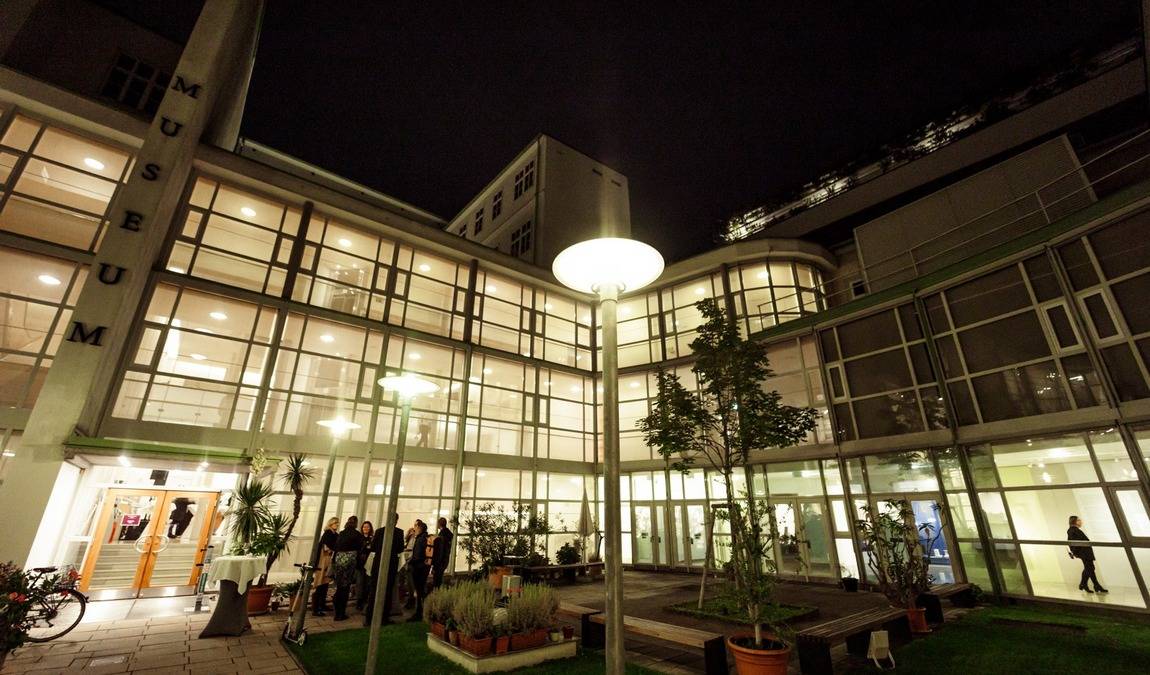
All exhibition rooms are accessible to visitors with disabilities.
The Vienna Furniture Museum has luggage lockers for personal belongings. Please do not leave anything of value in these lockers, as the administration is not responsible for the security of visitors' belongings.
If, after the tour, the museum staff discover any forgotten or lost items, they will hand them over to the Lost and Found Office.
Visitor Tips
- Visitors should strictly comply with all instructions given by staff, as failure to do so may result in refusal of entry to the Vienna Furniture Museum.
- Parents of small children and accompanying school groups must ensure that young visitors do not damage valuable exhibits.
- Children under the age of 14 must be accompanied by an adult.
- Please do not throw away your ticket once you have entered the Museum, as staff may check that you have it during the tour.
- If for any reason a visitor arrives late or misses a scheduled tour, the ticket price will not be refunded.
- All bulky objects and accessories that could potentially damage the exhibits should be left at the entrance. It is forbidden to enter the exhibition halls with bulky objects of any kind, such as umbrellas, walking sticks (except for medically approved walking aids), backpacks, travel or sports bags.
- Bicycles, scooters, skateboards and similar vehicles should also be left at the entrance.
- Discounts are available for students, pensioners and the disabled.
- Keep a distance of at least 50 cm from works of art and do not attempt to touch them, as this is strictly forbidden by museum regulations.
- Pets are not allowed in the museum. The only exception is guide dogs.
- Visitors can choose between an audio guide and a tour guide.
- Eating and drinking are not permitted in the exhibition halls, so it is advisable to have a snack before the visit.
- Smoking is also prohibited.
- If you buy a Sisi Combi Ticket, you can save 25% on the total price.
- The Sisi combo ticket is valid for one year from the date of purchase, so it can be considered as a gift for a family member or friend.
- The last admission to the museum is half an hour before closing.
- Visitors are requested to refrain from making loud phone calls during the tour.


